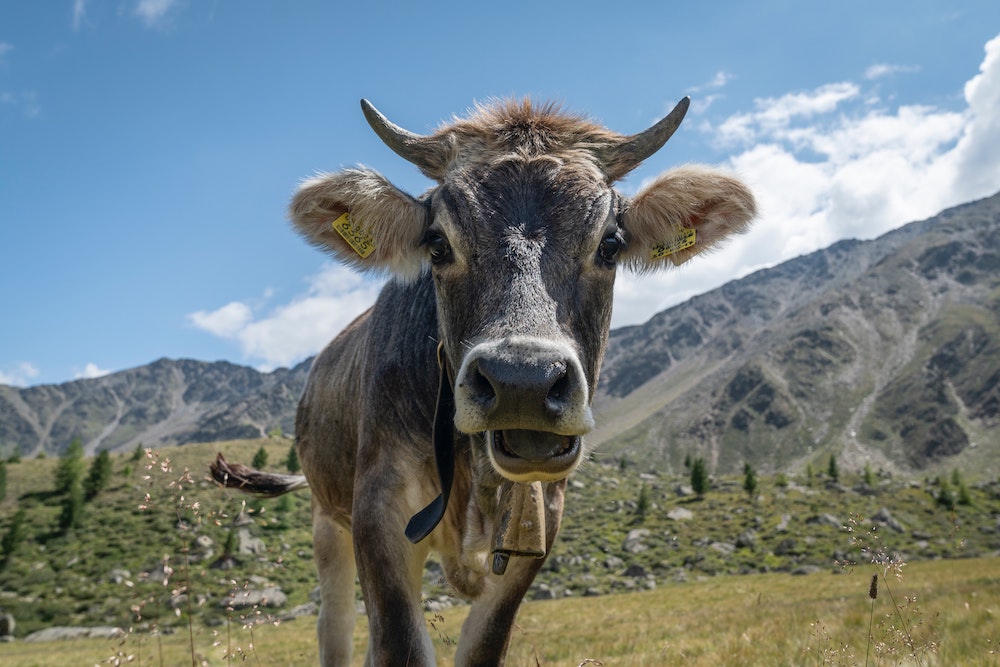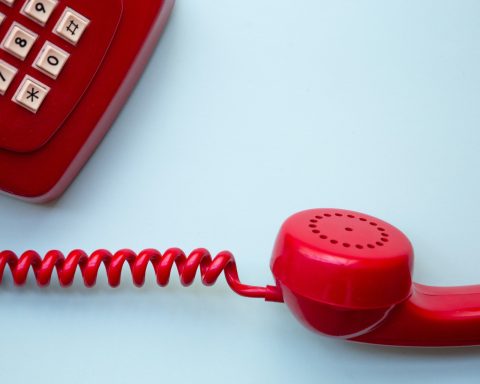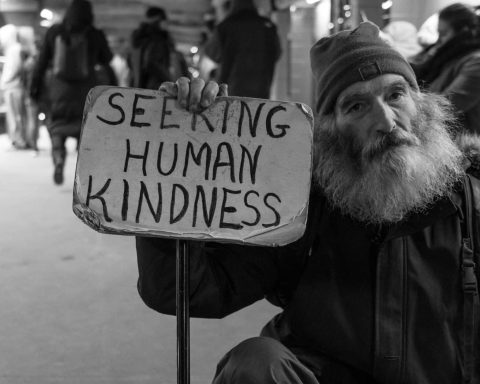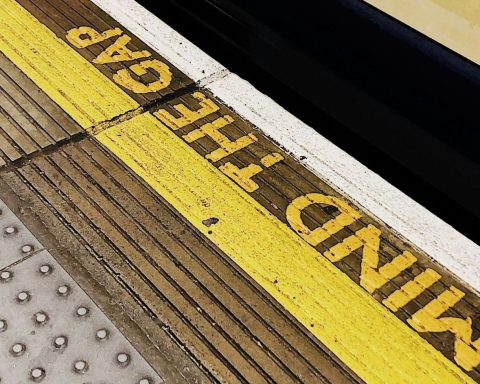 Louise Stone (@GPSwampWarrior) is an Australian GP with a clinical, teaching research and policy interest in mental health and doctors’ health
Louise Stone (@GPSwampWarrior) is an Australian GP with a clinical, teaching research and policy interest in mental health and doctors’ health
There is an old English fable which describes a period of drought. In the midst of famine, a mysterious lady arrives leading a giant cow. She instructs the villagers that the cow will fill any pail, no matter the size, with milk. Only one bucket per home can be filled each day and each bucket must then be carried away, unaided, by the person who had brought it up the hill.
The cow was able to provide a seemingly limitless supply of milk, one pail at a time. Until one day when someone brought an unfillable bucket, full of holes and sat down to milk the cow. The milk gushed into the bucket but ran away through the holes. As the last milk was drained, the cow’s hide had become dull, clinging to the curves of her famished ribs. In great distress, the maddened dun cow ran far away, over the hills and was never seen again.1
In times of need, health professionals have always given their time freely.
Around the country, doctors consistently volunteer their time in medical education, research, policy and planning. Expectations are high: intrinsically and extrinsically. We do not wish to let our patients or our colleagues down, so we use less sick leave than we should. Consciously or unconsciously, health leaders use this professional guilt to staff their services and manage their budgets.
During crisis, these extra services are freely given. We recognise the importance of contributing to our communities, and most of us are financially stable enough to weather the compassionate donation of time and resources we need to give at the moment, one bucket at a time. However, compassion is a finite resource. One of the greatest strengths (and weaknesses) of our profession is that most of us will fill in the gaps in the health system any way we can. Like other health professionals, most of us see our job as a vocation; we donate time because we actually care.
Unfortunately, the one thing we know in our profession is that bleeding hearts eventually cease to beat. Doctors are burning out. This causes one of two outcomes; they become cold and sometimes unintentionally cruel foot soldiers in a dysfunctional system,2 or they become unwell themselves.3 In our profession, we now have junior staff dying from suicide at unacceptably high levels. Bullying and harassment is rife. Four percent of our colleagues will attempt suicide across their careers, many more will leave their profession.4 Others will lose their health, their marriages and solid relationships with their children. We all know kind health systems get better outcomes.5 Burned out staff who are experiencing their own suicidal thoughts have little capacity for kindness.
At the moment, many of us are acquiring a self-care debt… but eventually, this debt will need to be paid…
However, the main issue is moral distress. Moral distress is a predictable response to situations where we feel we have an ethical responsibility to do something about a problem, but we cannot act in a way that preserves our integrity.6 As the pandemic continues, there are things we know will continue to be critical for the wellbeing of our patients. Safe housing, a secure income and, particularly for our critically unwell mental health patients, access to tertiary care when needed. We pour our resources into patients who need this care, but we are often unable to acquire appropriate services, and our care is an insufficient substitute. Compassion alone cannot compensate for health service gaps. Like the dun cow, when we feel our energy run through a sieve with little outcome, we find we have less to give to the community. We become burned out.
As our healthcare context continues to change, it will be essential that we involve GPs in mapping health service gaps. We are the providers who fill these gaps in multiple intersecting health systems, but our resources are not bottomless. We cannot provide 24 hour care for our suicidal patients, or a safe home for victims of domestic violence. The bridge that we often offer is compassionate care, but that is rarely enough to keep our patients safe. This is deeply distressing.
Like the dun cow, when we feel our energy run through a sieve with little outcome, we find we have less to give to the community. We become burned out.
References
1. Nozedar A. Fairies. South Yorkshire, United Kingdom: Pen and Sword Books 2012.
2. Panagioti M, Geraghty K, Johnson J, et al. Association between physician burnout and patient safety, professionalism, and patient satisfaction: a systematic review and meta-analysis. JAMA internal medicine 2018;178(10):1317-31.
3. Imo UO. Burnout and psychiatric morbidity among doctors in the UK: a systematic literature review of prevalence and associated factors. BJPsych bulletin 2017;41(4):197-204.
4. Beyond Blue. National mental health survey of doctors and medical students. Beyond Blue: Melbourne, Vic, Australia, 2013
5. Cochrane BS, Ritchie D, Lockhard D, et al. A culture of compassion: How timeless principles of kindness and empathy become powerful tools for confronting today’s most pressing healthcare challenges. Healthcare Management Forum 2019;32(3):120-27. doi: 10.1177/0840470419836240
6. Corley MC. Nurse Moral Distress: a proposed theory and research agenda. Nursing Ethics 2002;9(6):636-50. doi: 10.1191/0969733002ne557oa
Featured photo by Tobias Oetiker on Unsplash






